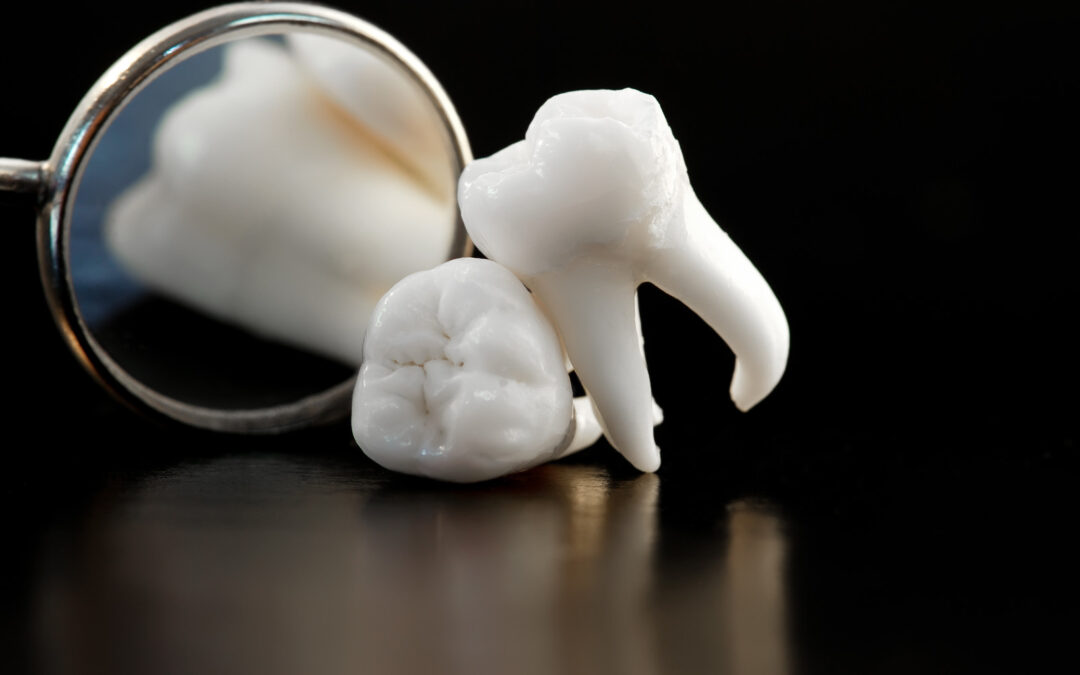A severely unhealthy tooth might require a root canal, a type of dental surgery. It involves cleaning the inside of the tooth, removing any damaged or infected pulp, then sealing and crowning the tooth. The pulp is the soft tissue that resides at the core of all your teeth. An endodontist or a dentist near you will perform the treatment.
Root canal therapy in Langley is frequently performed to keep a tooth from being pulled since certain types of oral injuries or infections might result in tooth loss. Although root canals have a bad reputation when it comes to pain, modern technology and anesthesia have made the treatment largely painless and quite successful.
Signs to Keep an Eye Out For
You might be considering whether you require a root canal if you have dental pain or discomfort. There are several typical indicators that may point to the necessity for a root canal operation, although only a dental expert can give an exact diagnosis.
- One of the most common indicators that you might require a root canal is persistent pain. At first, the pain might not be very bad, but it might get worse with time. It might only affect the impacted tooth, or it might spread to other parts of the face or mouth. Over-the-counter painkillers can only temporarily relieve the discomfort, which may also be accompanied by sensitivity to hot or cold temperatures.
- Another usual indication that you might require a root canal is swelling or discomfort in the gums close to the damaged tooth. This may be a sign of infection in the tooth’s pulp or nerve, which could also irritate the surrounding tissue and expand it. The swelling could be palpable and painful.
- The damaged tooth’s discoloration may also be a sign that a root canal is required. The tooth could have a grey hue or appear darker than the nearby teeth. Damage to the pulp or nerve of the tooth might result in this discoloration since the tooth may eventually die and become darker.
- Another indication that you might require a root canal is a growth that resembles a pimple on the gum next to the damaged tooth. This lump, known as a fistula, is a symptom that the tooth is infected since it frequently contains pus. If ignored, the infection has the potential to spread to other parts of the mouth and potentially the body.
It’s crucial to contact a dental expert right away if you’re exhibiting any of these typical root canal symptoms. Only a qualified dentist or endodontist can correctly identify the issue and suggest the best course of action. You can frequently save the problematic tooth and improve your dental health and comfort with quick diagnosis and treatment.
How is a Root Canal Procedure Done?
- To assess the severity of the damage and create a treatment plan, our dentist in Langley will inspect the tooth and take X-rays.
- To facilitate a painless operation, local anesthesia will be used to numb the area around the tooth.
To access the pulp and extract any damaged or infected tissue, the dentist will drill a tiny access hole in the crown of the tooth. - The dentist will clean and shape the canal using specialized equipment to get rid of any last bits of tissue, bacteria, and debris.
- The dentist will fill the canal with gutta-percha, and seal it with a temporary filling once it has been thoroughly cleaned and dried.
- The tooth may be protected and offered additional life with a filling or crown, depending on the severity of the injury.
A follow-up visit will be made by the dentist to examine the tooth and make sure it is healing appropriately.
Root Canal Therapy in Langley
With proper care, a tooth that has undergone a root canal can last a lifetime, providing a comfortable and functional smile. Visit us at Langley Community Dentist Dental Center to access optimal healthcare and get your consultation and treatment at a dentist near you.
We can’t wait to work with you soon!

